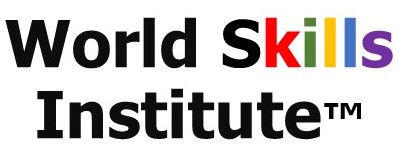
Course Curriculum:
Lesson 01 – Course Introduction
Understand the following terms:
a) Digital organization
b) High velocity IT
c) Digital transformation
d) IT transformation
e) Digital product
f) Digital technology
Understand when the transformation to high velocity IT is desirable and feasible
Understand the five objectives associated with digital products to achieve
a) Valuable investments – strategically innovative and effective application of IT
b) Fast development – quick realization and delivery of IT services and IT-related products
c) Resilient operations – highly resilient IT services and IT-related products
d) Co-created value – effective interactions between service provider and consumer
e) Assured conformance – to governance, risk and compliance (GRC) requirements
Lesson 02 – Understand concepts regarding the high velocity nature of the digital enterprise, including the demand it places on IT
Understand how high velocity IT relates to
a) The four dimensions of service management
b) The ITIL service value system
c) The service value chain
d) The digital product lifecycle
Lesson 03 – Understand the digital product lifecycle in terms of the ITIL “operating model”
Understand the following principles, models, and concepts:
a) Ethics
b) Safety culture
c) Lean culture
d) Toyota Kata
e) Lean / agile / resilient / continuous
f) Service-dominant logic
g) Design thinking
h) Complexity thinking
Know how to use the following principles, models, and concepts:
a) Ethics
b) Safety culture
c) Lean culture
d) Toyota Kata
e) Lean / agile / resilient / continuous
f) Service-dominant logic
g) Design thinking
h) Complexity thinking
Lesson 04 – Understand the importance of the ITIL guiding principles and other fundamental concepts for delivering high velocity IT
Know how the service provider ensures that valuable investments are achieved
Know how to use the following practices to contribute to achieving valuable investments
a) Portfolio management
b) Relationship management
Know how the service provider ensures that fast development is achieved
Know how to use the following practices to contribute to the achievement of fast development
a) Architecture management
b) Business analysis
c) Deployment management
d) Service validation and testing
e) Software development and management
